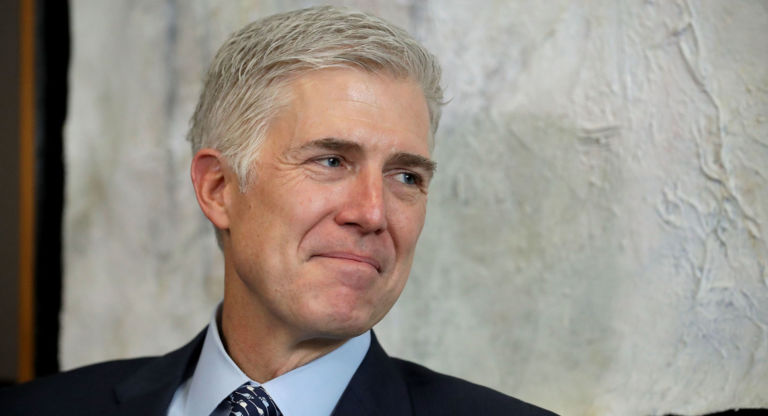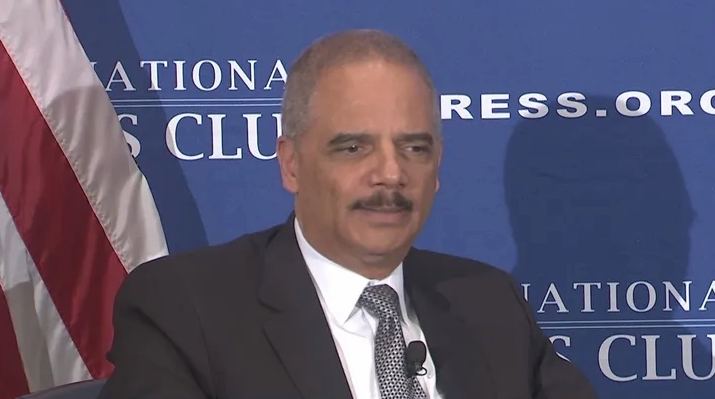Weekly John Locke Foundation research division newsletter focusing on environmental issues.
The newsletter highlights relevant analysis done by the JLF and other think tanks as well as items in the news.
1. China’s solar industry evaporating
According to this article on Forbes.com, China’s heavily subsidized solar power industry is collapsing. No surprise. No matter how much you subsidize any industry, if there is no market for the product, it cannot succeed. Forbes reports that:
In last two years, shares of Chinese solar cell producers have fallen by about half, and more price declines are on the way. The prospects for these manufacturers are poor.
China did what Obama promised, but thankfully didn’t succeed, to do in the US. Forbes reports:
[China] set out to create an industry that would dominate the world, and they succeeded. They aided solar cell manufacturers with easy credit from state banks — perhaps as much as $18 billion of cheap loans — and, some say, subsidies. As a result of central and local government support, Chinese manufacturers began to expand rapidly. Chinese competitors now own 70% of the world’s wafer-producing capacity.
The problem is that you can own 100% of the capacity, but if there’s no market for what you’re producing, the industry is going to collapse. The report continues:
"Massive subsidies and state intervention have stimulated overcapacity more than 20 times total Chinese consumption and close to double total global demand," said Milan Nitzschke, president of EU ProSun, in a statement released late last month. The company alleges that 90% of Chinese production had to be exported and that Beijing used subsidies to keep its manufacturers in business.
In the last presidential debate, Mitt Romney argued that the Obama administration has become expert at picking losers to subsidize. The real point is that if the government, any government of any country, has to subsidize an industry to keep it afloat then that industry is by definition a loser. Winners, i.e. businesses that are correctly perceiving consumer demand and moving to meet that demand, do not, again by definition, need coercive wealth transfers from their fellow citizens. They are successful because customers are willing to part with their hard earned incomes in free exchange because a real winner actually makes them better off.
2. With regards to last week’s lead story…
Last week’s lead story, as you may remember, focused on the law suit being brought against the EPA for conducting illegal experiments on human subjects. These experiments, you may recall, were conducted at UNC Chapel Hill. But here’s the rub. The EPA is claiming that it followed all guidelines for such research when they did not warn subjects that there was any risk of death. So this would mean that EPA head Lisa Jackson lied when she claimed otherwise when testifying to congress on the risks associated with PM2.5, the pollutant whose effects were being tested on the subjects. Calvin Beisner at the Cornwall Alliance hits the nail on the head:
Further, law requires informed written consent of any persons put at risk of death in experiments. But although EPA Administrator Lisa Jackson told Congress on September 22, 2011, "Particulate matter causes premature death. It doesn’t make you sick. It’s directly causal to dying sooner than you should," and EPA documents specify that acute and chronic exposure to PM2.5 can cause "various adverse cardiopulmonary effects including mortality [emphasis added]…." the consent forms given to Huffman and others did not mention mortality (death) as a risk.
The EPA wants to impose stringent new regulations on PM2.5, that is, particulate matter (dust of various compositions) down to 2.5 micrometers (about 1/72nd to 1/7th the diameter of a human hair) because it allegedly constitutes a grave health risk to those who inhale it.
So which is it? Is the EPA grossly exaggerating the risk from PM2.5 in documents it uses to justify its stringent emission regulations, but not subjecting experiment volunteers to risk of death? Or is it truthfully stating the risk in justifying its regulations, but failing to obtain required informed consent in potentially fatal experiments that are illegal anyway?
3. Ozone Report
The 2012 ozone season began on April 1 and each week during the ozone season this newsletter reports how many, if any, high ozone days have been experienced throughout the state during the previous week, where they were experienced, and how many have been recorded during the entire season to date. The ozone season will end on October 31. All reported data is from the North Carolina Division of Air Quality, which is part of the state’s Department of Environment and Natural Resources.
During the period October 1 to October 7 there were no reported high ozone readings on North Carolina’s ozone monitors. Since the beginning of the ozone season there have been 111 high ozone readings over 16 days on North Carolina monitors.
Click here for the Environmental Update archive.


